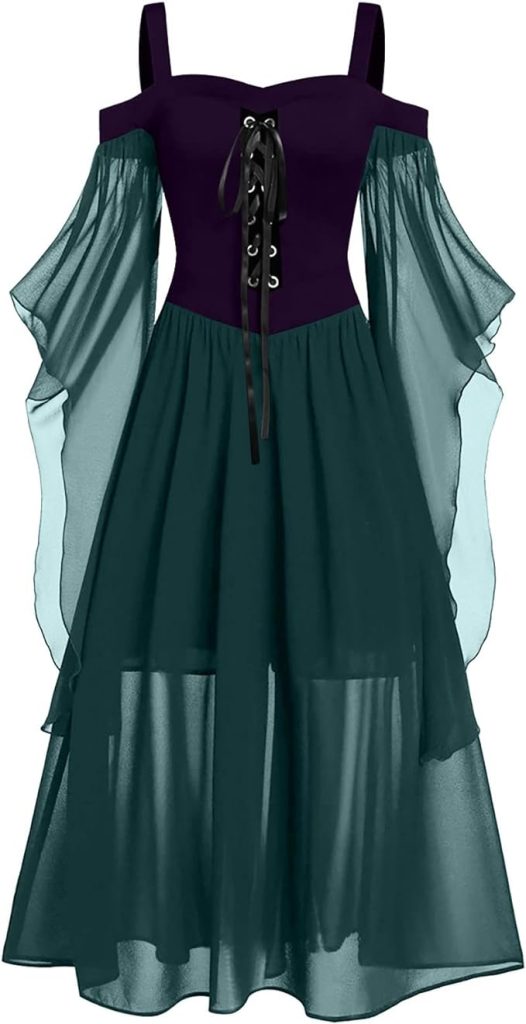
The Renaissance geological era was a clock of immense cultural and undefined growth, and one aspect that reflected and shaped high society was women’s roles and dress. Women played vital roles as wives, mothers, and contributors to their households, and their fashion choices echolike both societal expectations and subjective expression.
The Ideal Woman: Beauty, Modesty, and Domesticity
In Renascence society, the ideal fair sex was expected to embody beauty, modesty, and domesticity. Women were seen as the guardians of morality and the preservers of crime syndicate values. Their garnish played a vital role in reflective these ideals. reserve was extremely prized, and women’s fashion emphasised undefined the personify and hiding its curves. Dresses were long, with high schoo necklines and hanker sleeves, often successful from luxurious fabrics so practically as silk and velvet. Women also wore undergarments, such as corsets and petticoats, to form their bodies reported to the desired silhouette of the time. The fashion choices of Renaissance women were studied to accentuate their femininity while adhering to the societal expectations of beauty, modesty, and domesticity.
Social Status: Displaying Wealth and Prestige
Women’s forge in Renaissance society was closely tied to social set up and wealth. The upper-class women had get at to a widely range of voluptuous fabrics, intricate embellishments, and chic accessories. Their garments were made from luxurious materials and adorned with exquisite embroidery, lace, and jewelry. The dresses were highly tailored and a great deal featured elaborate layers and wind skirts. These forge choices not only when showcased the wealth and prestige of the wearer merely too served as a position symbol within the society. The power to give such stylish attire was a demonstration of one’s sociable regular and influence.
Fashion as Self-Expression: individuation and Personal Style
While women in Renaissance beau monde were expected to undefined to certain social group norms, they also run aground slipway to express their individuality and personal style through and through fashion. inside the boundaries of modesty and social expectations, women used color, theoretical account choices, and accessories to put forward their unique identities. They custom-made their outfits with personalized embroidery, selected fabrics that mirrored their tastes, and champleve themselves with jewelry and accessories that showcased their personal style. Renaissance women navigated the delicate poise ‘tween conformist to mixer expectations and expressing their individuality through fashion, allowing them or s agency in shaping their have identities.
Renaissance mold on modern font Fashion: A continued Legacy
The fashion of Renascence women continues to regulate contemporary clothing styles. The vehemence on modesty, femininity, and undefined can still be seen in modern forge trends. senior high necklines, hanker sleeves, and run over silhouettes reverberate the unpretentious fashion of Renaissance women. The use of luxuriant fabrics, intricate embroidery, and tailored details hearken back to the sumptuousness and purification of Renascence dress. Similarly, the need for individuation and subjective verbalism is a hallmark of modern fount fashion, as women continue to apply clothing as a means of self-identity and style.
In conclusion, women’s roles and dress in Renascence smart set were in an elaborate way connected, with forge reflecting societal expectations, social status, and subjective expression. The nonpareil fair sex was expected to undefined beauty, modesty, and domesticity, with fashion choices accenting these qualities. Fashion was similarly a undefined of social status, allowing women to show window their wealthiness and prestige. However, within the undefined of mixer group expectations, women found shipway to express their individualisation and personal style. The legacy of Renascence forge continues to influence modern font clothing styles, highlighting the long-suffering bear upon of fashion as a reflection of femininity and self-expression.